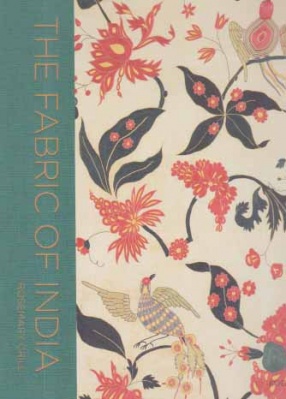
Rosemary Crill

Showing all 11 books

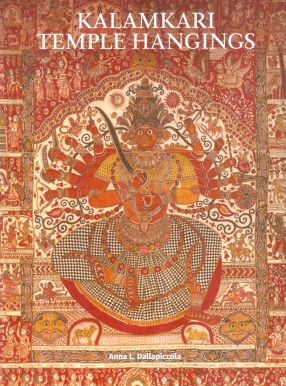
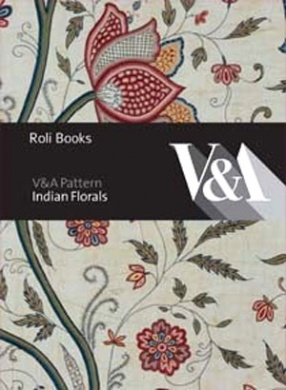
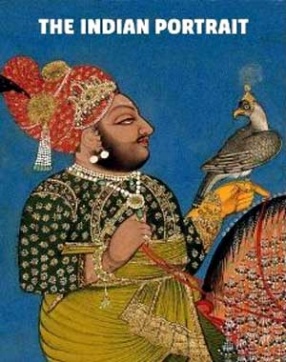
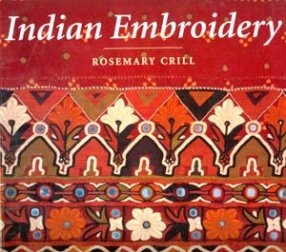
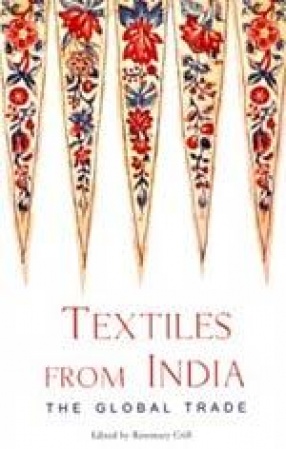
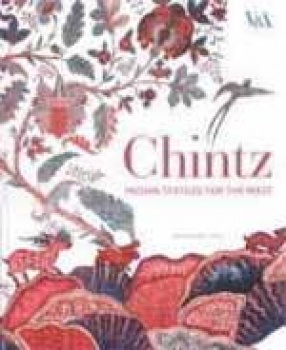

India is the land of cloth. The subcontinent’s unique natural resources of textile fibres and dyestuffs have combined with millennia of ingenuity and innovation to create an astonishing array of fabrics, from luxurious Mughal velvets to simple rural embroideries. The Fabric of India is the first truly comprehensive book on the subject, covering an extraordinary range of material from across the subcontinent. From ancient woollen fragments to cutting-edge ...

The Victoria and Albert Museum in London has the world’s most important collection of 19th-century temple hangings from South India. Commissioned by Hindu temples and monasteries (maths), and by individuals for religious use, the hangings were produced in the Kalamkari style of hand drawing, mordant-dyeing and painting. Striking in artistry, and imposing in size, these temple hangings represent a complex technique that reached its highest expression in ...

Floral pattern on textiles & other media in the 17th century at first followed the style of book decoration, with single naturalistically drawn flowering plants arranged in rows, or set singly in niche for wall-hangings and prayer carpets.Patterns derived from plants and flowers have been used in India for centuries. Lotus flowers and floral meanders are seen in Buddhist sites dating from the third century BC, and the famous fifth-century wall-paintings at ...
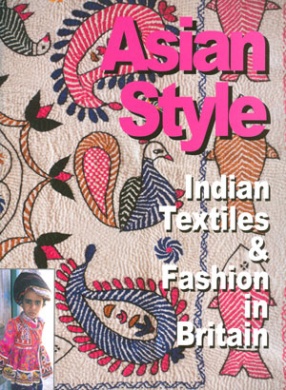
South Asian textiles have shaped British fashion and dress for hundreds of years, from the cotton fabrics and fashionable chintzes of the seventeenth and eighteenth centuries to the silk and Paisley patterns of the nineteenth century and the hippy fashions of 1960s bohemia.In the twenty-first century a new generation of British Asian fashion designers, stylists, photographers, film-makers and media entrepreneurs now influences contemporary British fashion, having ...

This book tells the story of portrait painting by Indian artists from the sixteenth to the nineteenth century. From its beginnings under the Mughal ruler Humayun and his successor Akbar, portraiture progressed to the Hindu courts of Rajasthan and the Punjab Hills, as well as to the Islamic Kingdoms of the Deccan further south. During the period of British rule in the eighteenth and nineteenth centuries, portraits by Indian artists, often working under western ...

This sumptuous volume covers embroidery from many different regions of India, ranging from the elaborate floral designs of the Mughal court to vibrant folk patterns embellished with cowrie shells and mirrors.Stunning examples, drawn from the V & A's outstanding collection, show the richness and variety of Indian textile traditions. Patterns and colours have both influenced and been influenced by Western design, from the seventeenth century, when the ...
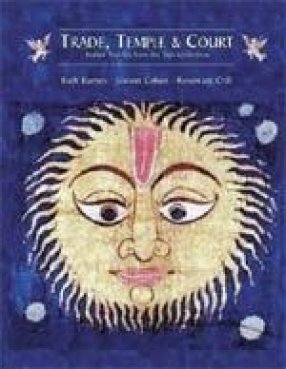
The Tapi collection brings together exceptional historical textiles that were treasured, not only by courtiers and royalty in India, but in markets spanning the globe from South-East Asia to Europe. Trade, Temple and Court: Indian Textiles from the Tapi Collection introduces for the first time several of the most outstanding textiles in the collection with detailed text and over 240 lavish illustrations. Gatefold spreads enhance the reader’s understanding of ...
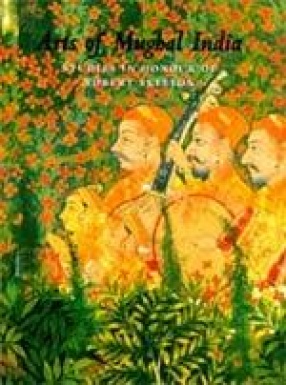
The Arts of Mughal Indians Studies in Honour of Robert Skelton celebrates the career of one of the great scholar-curators of Indian Art. This volume of essays by 26 of his friends and colleagues focuses on the arts of the Mughal period, and includes new work on paintings of the Mughal and regional courts, as well as their decorative arts and architectural decoration. Robert Skelton's work has been inspirational in all these areas. The volume also includes ...

For hundreds of years, textiles from India have travelled the globe, clothing the world, from kings and queens to the common man. Indian textiles have been traded in Europe, America, Africa, and the far east, often passing into ritual and religious custom. They have included the most exclusive and expensive festive fabrics as well as the common cloth used for daily wear. This fascinating global history from the medieval period up to the present day is excitingly ...
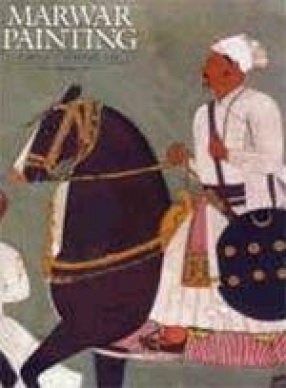
Marwar is the historic name for the large area of western Rajasthan that includes much of the formidable Thar desert as well as many smaller towns and villages. At their capital in Jodhpur, the Rathor clan of Rajputs who ruled Marwar, developed a strikingly individual style of painting which was interpreted in a host of different ways by local artists in the many small fiefdoms (thikanas) that were the ancestral lands of the Rathor nobility. Artists trained at ...

In recent times 'chintz' has come to mean any cotton or linen floral printed furnishing fabric. This rather general definition has overshadowed its true origins as a carefully hand-painted fabric from India. This book focuses on beautiful early chintzes, presenting for the first time in full colour the Victoria and Albert Museum's world-class collection of Indian chintz textiles made for the western market. The word 'chintz' is derived from the North Indian word ...
